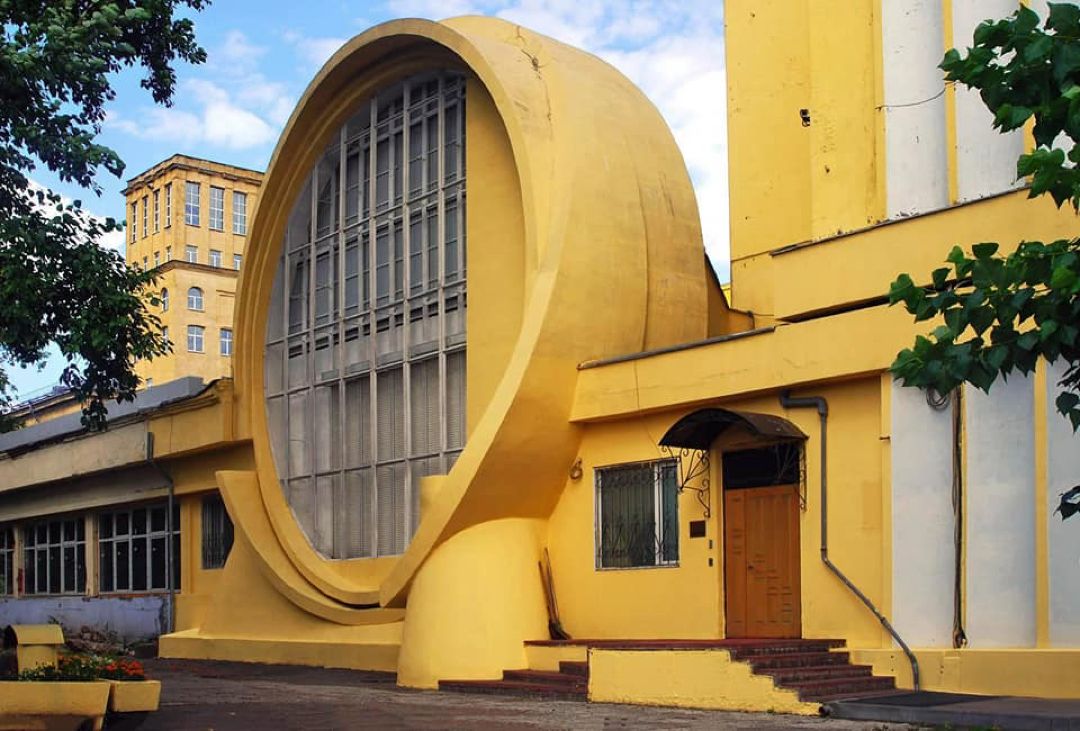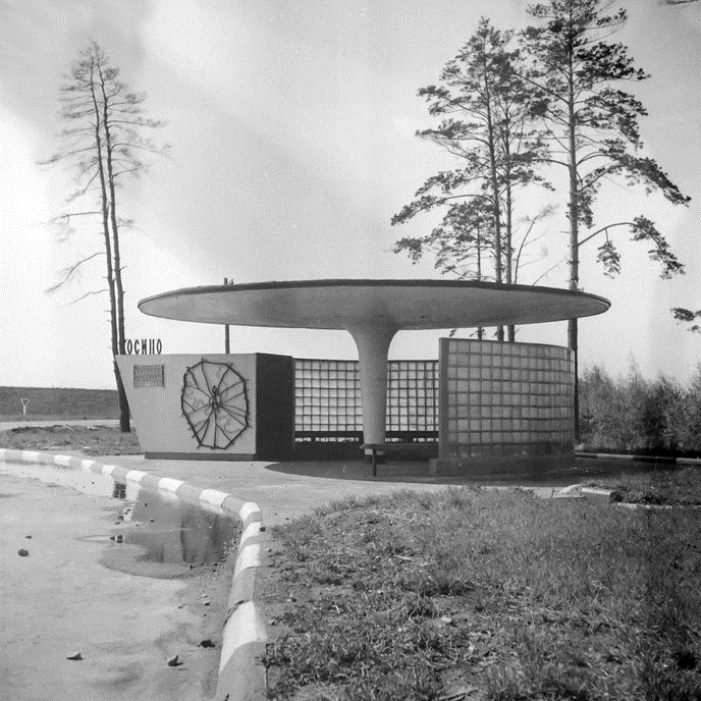How have these places transformed from monuments to atrocity and resistance into concrete clickbait?
How have these places managed to transform from monuments to atrocity and resistance into concrete clickbait? The story told by Spomenik is that these strange structures must have just been dropped onto these rural areas, most likely by the Big Man, the dictator, Tito himself. According to Gal Kirn, who has written several articles on “partisan art” and whose book Partisan Ruptures was recently published in Slovenia, the opposite is true. “For these, let’s call them modernist monuments, you would be surprised to see that the financing many times came as a combination of republican (Yugoslavia was heavily decentralised into its six constituent Republics) and regional funds, and also self-managed funding, meaning also that enterprises and factories contributed — while much less was given from the federal-state level.” There were competitions and “some public calls which had juries — but the existence of these progressive sculptural objects tells us that more conventional representations-resolutions were not favoured.” That is, in many cases these “UFOs” were commissioned, funded and chosen locally.

The architect and writer Dubravka Sekulic, who grew up in Niš, location of “Spomenik #11”, points out that while “in numerous blogs where the monuments resurface every now and then they are often called ‘Tito’s monuments’, only the larger schemes were governmental” – others “were really embedded with communities, and were not imposed upon them.” The researcher Tihana Pupovac, who recently co-organised the conference Socialist Memorials and Modernism in Zagreb, points out that the memorials of the region are not always abstract – many were realistic, or contained realist and narrative elements. The shift towards the monumental abstracts photographed by Kempenaers was part of a general shift in Yugoslavia towards an interest in an apparently western modernism. The research conducted by her colleagues Lana Lovrenčić and Milan Rakita for the exhibition Putevima revolucije, on memorial tourism in Yugoslavia, (part of a wider regional project, Inappropriate Monuments) found even that some memorials were looked after by private companies, under the “market socialism” that lasted from the 1960s until the ‘80s.






